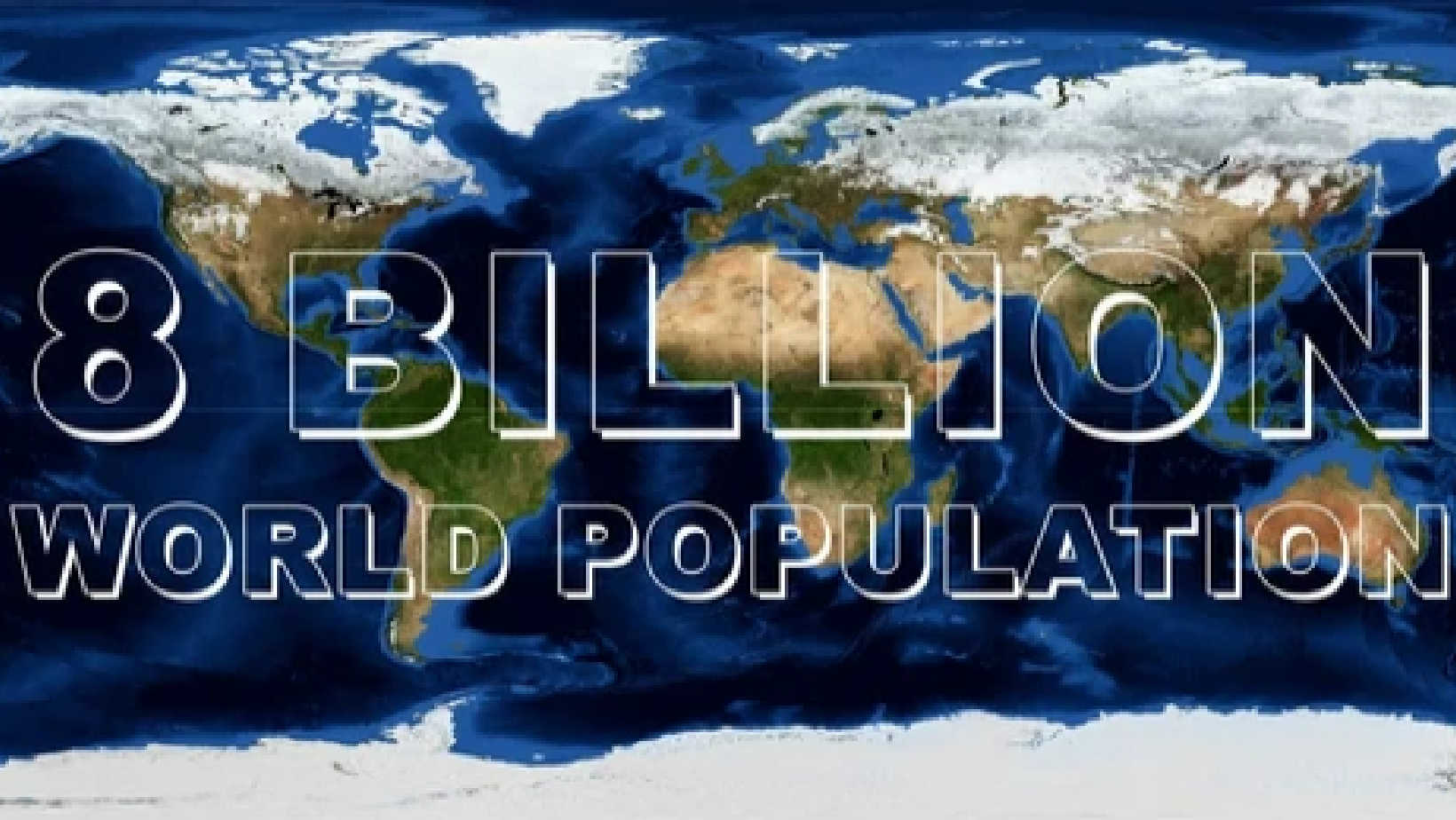RTLS solutions help reduce the chaos associated with populations on the move
Earth’s population hit 8 billion in November. And each population milestone is occurring faster. This puts an increasing strain on resources, or more aptly, getting scarce resources to where they are needed. According to McKinsey & Company, 1 in 9 people can’t get enough to eat each day while 33%-40% of food is lost or wasted each year. This is possibly the biggest and most heroic real time location tracking problem the world could address.
Another RTLS opportunity associated with population increase is the migration of populations. In 2017 an estimated 24 million people were forcibly displaced by an unexpected weather event. The World Bank estimates there will be another 143 million climate migrants by 2050. There is an immediate need for RTLS solutions as these people are resettled.
At AiRISTA we see increased interest in tracking migrant populations and in the resources needed to provide support. As migrants are settled into temporary housing on a large scale, groups and family members struggle to stay together. This is challenging from a technology perspective to provide both indoor and outdoor tracking of individuals. AiRISTA was approached to create the W9 smart wrist tag. Using BLE, Wi-Fi, GPS and cellular technologies, the tag seamlessly transitions between indoor and outdoor use. And an optional camera helps humanize what might otherwise be a dehumanizing experience of associating a tag ID to a human being.
migrants are settled into temporary housing on a large scale, groups and family members struggle to stay together. This is challenging from a technology perspective to provide both indoor and outdoor tracking of individuals. AiRISTA was approached to create the W9 smart wrist tag. Using BLE, Wi-Fi, GPS and cellular technologies, the tag seamlessly transitions between indoor and outdoor use. And an optional camera helps humanize what might otherwise be a dehumanizing experience of associating a tag ID to a human being.
The W9 wrist tag includes temperature measurement and heart rate monitoring. In addition to monitoring the health and safety of migrants, the wrist tag is also finding use in the healthcare market. As part of the movement toward remote health monitoring, the W9 can help monitor patients from a distance. And as the population ages, the W9 can be used in elder care facilities for wander management and elopement alerting.
AiRISTA is also working to coordinate logistics associated with distribution of relief supplies. When relief agencies descend in response to a sudden weather event, the activity is like a military exercise. Trucks and planes deliver cargo containers which disgorge crates which contain equipment and supplies. This packing and unpacking is like managing “stacking  dolls”. At each level an inventory count is needed and its location updated in real time. No single technology solution is sufficient. FEMA has perfected this and requires participating vendors to coordinate through FEMA’s Logistics Gateway. Freight carriers, for example, are required to use a FEMA provided transponder to track containers in transit. As the “stacking dolls” are disassembled, more appropriate tags are used depending on the circumstance.
dolls”. At each level an inventory count is needed and its location updated in real time. No single technology solution is sufficient. FEMA has perfected this and requires participating vendors to coordinate through FEMA’s Logistics Gateway. Freight carriers, for example, are required to use a FEMA provided transponder to track containers in transit. As the “stacking dolls” are disassembled, more appropriate tags are used depending on the circumstance.
AiRISTA has introduced a series of new tags to address indoor/outdoor requirements as well as new low cost tags for items in the lower levels of the “stacking dolls”. AiRISTA’s Unified Vision Solution (UVS) software platform was purposely designed to consume information from virtually any sensor. It is very common to integrate not only location information from active tags, but to merge that data with information from passive RFID systems and even satellite devices like those preferred by FEMA. With UVS, events, alerts, reports and tag management are centralized in a powerful, IOT ready platform delivered from the cloud or on-premises.

As the world’s population grows and events force migrations, real time location information will become a more important tool to help with the response and bring some stability to the ensuing chaos.





